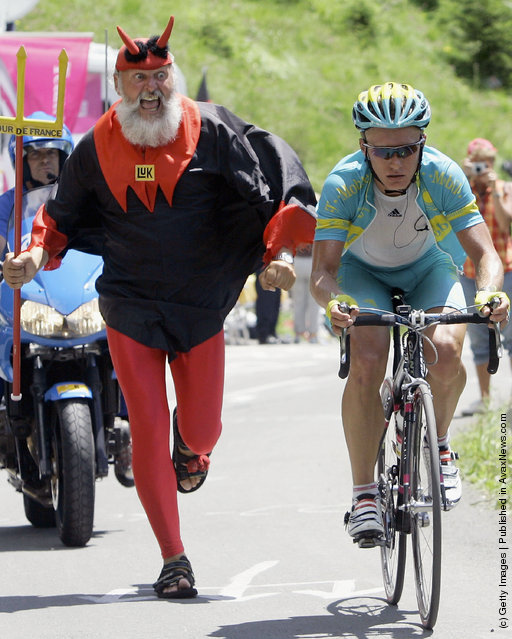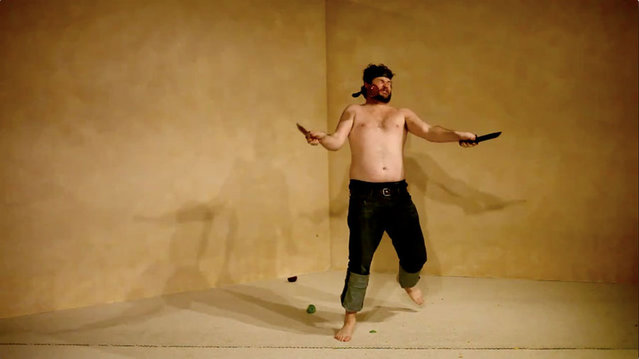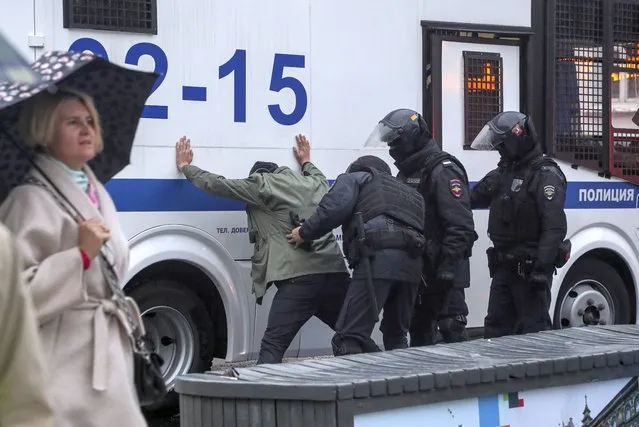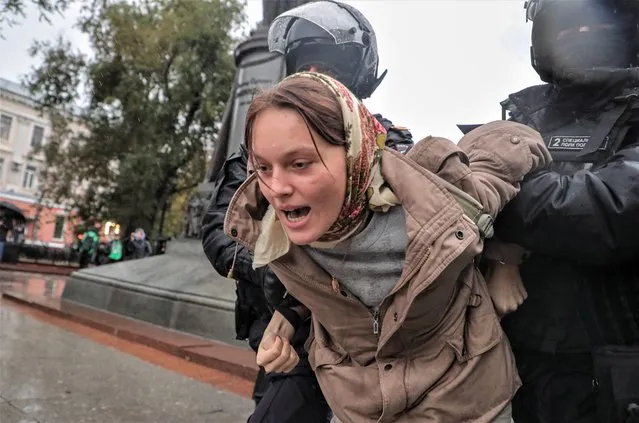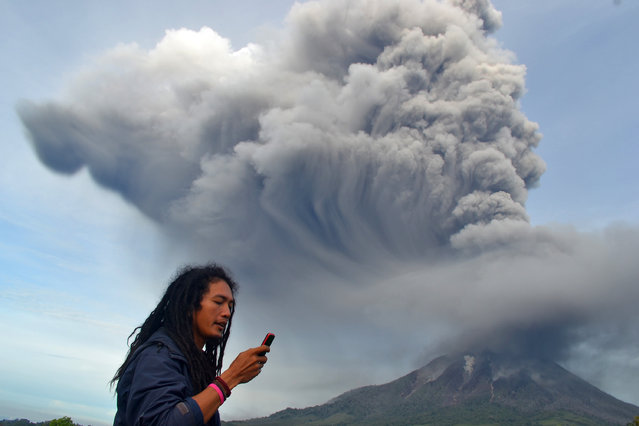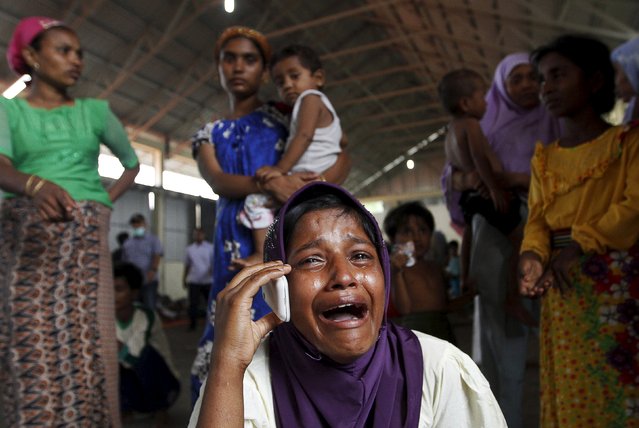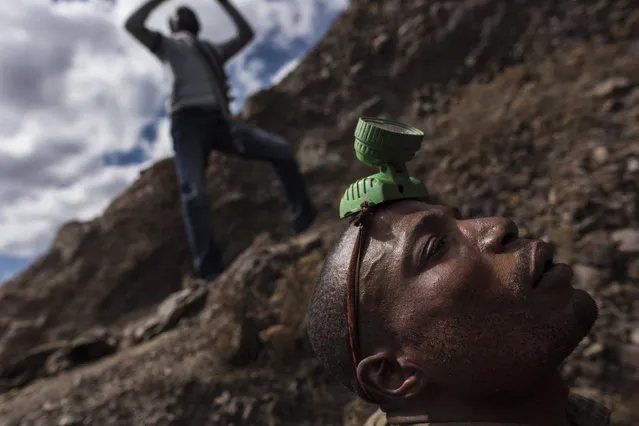
To mark Halloween, 150 teens descended upon a swimming pool in Essex to help mobile network giffgaff recreate the famous Tomatina tomato fight... only this time, with blood and guts. Different takes #giffgaffguts. On October 18, 2013 in Dagenham, England. (Photo by Dave J. Hogan/Stringer for giffgaff)
31 Oct 2013 06:50:00,post received
0 comments

